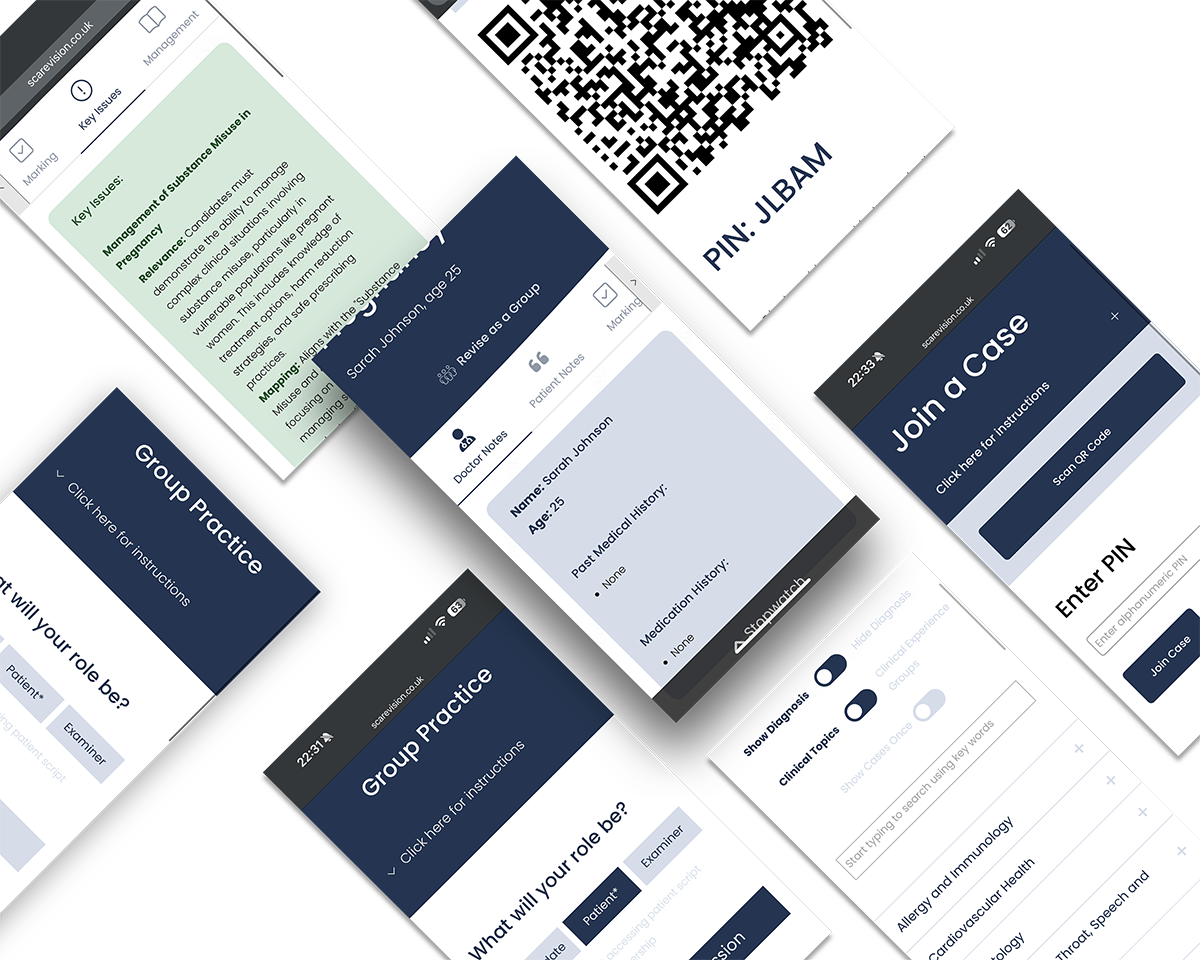Frequently Asked Questions
-
To find the case you need, you can use our search or filter function within the case homepage. To learn more about this, click our dedicated page here!
So that each case is easily readable from mobile devices, we have split each case into five basic sub-headings:
Doctors Information
Patient Information
Marking Proforma
Key Issues
Management Guidelines
These sub-headings are displayed in text along the top of each case. Click on the heading to be taken to the relevant information.
-
To cancel or modify your subscription:
log in using the ‘Log in’ or ‘account’ button on the website header.
Click “Subscriptions”
Click ‘SCA Revision’
Click on ‘Cancel my subscription’
-
We always welcome feedback, both positive and negative. If you feel there is a problem or wish to suggest an improvement, then we would like to hear from you. Either use the contact us page, or email us
-
If you have finished with SCA revision, and wish to permanently remove your account details, please click here to email us and we will remove the account and all data.
How to Use Our Website
If you're working by yourself, then feel free to browse all sub-headings and get a feel for the type of content you may find in the SCA exam.
If you're using our website in a small group, then first you need to decide which role each member will take. One person plays the 'doctor' and they should only read the 'doctor' sub-heading. The next person will play the patient - they should read the 'patient' information - usually this is a longer section to give this role-player a true character history. The third person (and anyone else observing) should look at the marking proforma to grade the consultation.
Step 1:
Start a timer, with twelve minutes on the clock - this is how long you will have per consultation in your exam. Play the consultation as if it were real. Once the alarm sounds, stop the consultation and the person marking should offer some feedback. There is no method to examine patients during the exam, therefore you should check their notes to ensure an examination has not already taken place, or if you need observations then ask them if they have the facility to take these at home (as they have already taken their observations with sats probes / smart watches / BP machines).
Step 2:
Once complete, as a group, go through the management and explanation subheading - here we hope to direct your attention to any particularly salient points that should have been covered in the consultation, and provide guidance on current management. Where possible we have included a suggested 'lay explanation' - however it is sometimes useful to create your own, so that you are comfortable explaining the condition.


